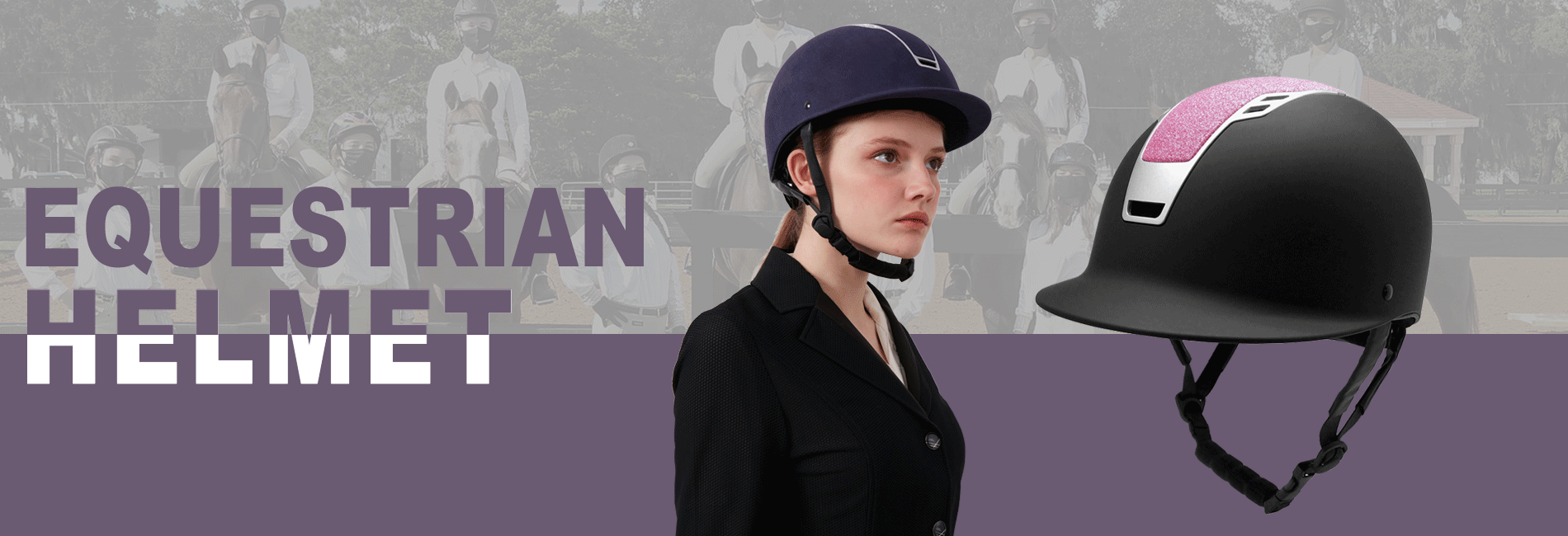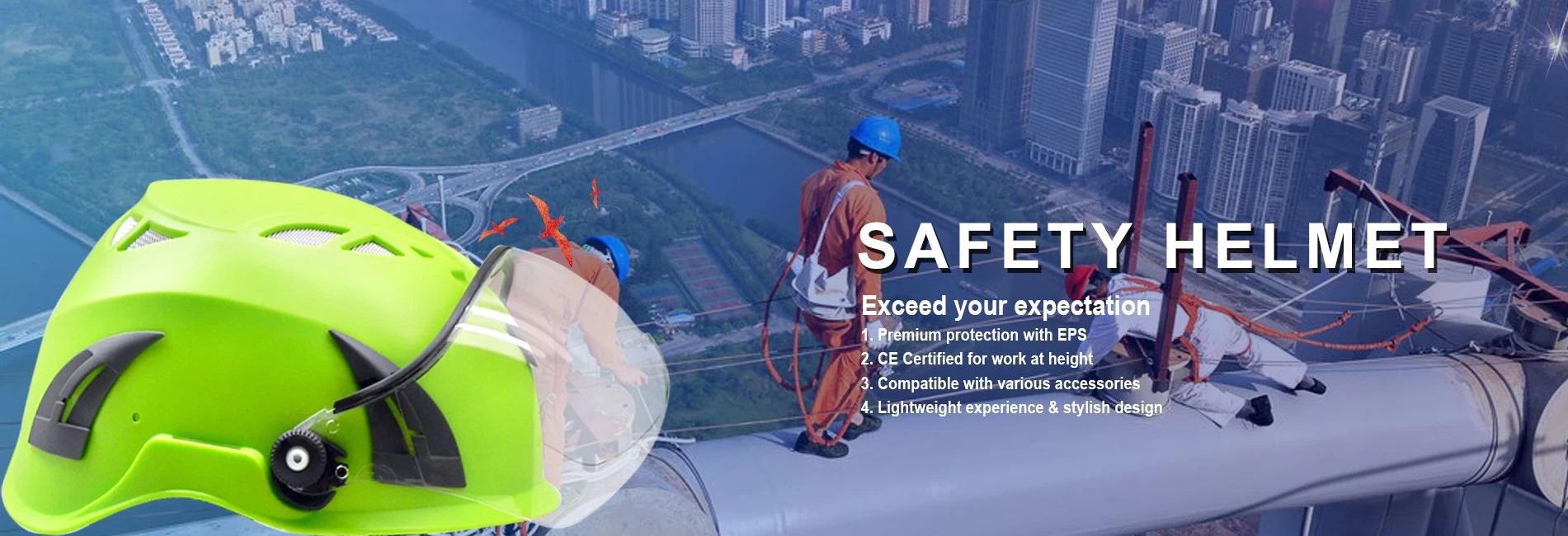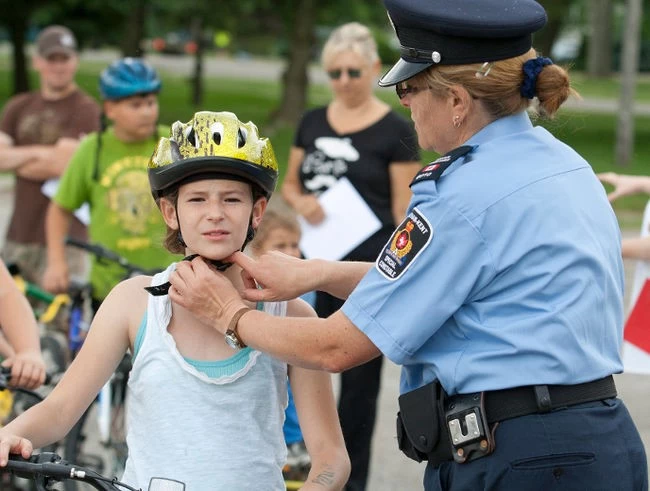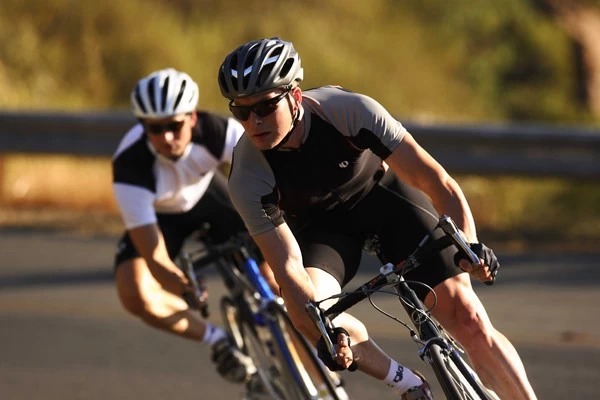Prof: Bicycle helmet laws didn’t help at all
aurorasports
manufacturers
2015-11-06 18:15:06
New research from the University of B.C. comparing provinces with helmet legislation to those without suggests the laws do nothing to improve head-related injury rates.
Professor Kay Teschke from UBC’s School of Population and Public Health recently published findings analzying the nearly 3,700 cycling-related injuries per year in the country — finding about 25% of those cases involved someone hurting their head region.
Teschke’s data primarily focused on traffic-related injuries — to separate out things like mountain biking — which captures those commuters trying to get to and from school, and compared those figures with census-reported travel figures for people who use bicycles.
In part, her research found that legislation had worked in that it got more people to wear helmets, but that had no effect on injuries.
On average, 66% of people in mandatory-helmet provinces like B.C. wore them, compared to 39% in provinces without the law. It was a baffling finding, as common medical research suggests that those who wear helmets will suffer fewer or less severe head injuries.
“Helmet laws didn’t help at all. It did increase helmet use but that didn’t result in lower hospitalization rates,” she said.
One theory, Teschke said, is that there’s “safety in numbers” in the sense that vehicle drivers are more aware to watch for cyclists when there are more of them.
“If some people choose not to ride because of helmet laws, then you might expect to have a slightly higher injury rate,” she said of the possibility.
Alternative theories have been suggested by other researchers. Teschke pointed to one example where a researcher found out vehicles were likely to drive closer to cyclists wearing a helmet, than those not wearing one — potentially increasing the risk of a crash.
Another study suggested those who wear helmets ride faster.
Teschke suggests a better way to reduce injuries is good infrastructure — which increases the number of people cycling with safe installations like separated bike lanes — that helps prevent injuries.
Infrastructure is often credited with adding more bicycle users. It’s also no surprise that B.C. has the highest bicycle mode share in the country.
Teschke found that for every additional 1% of the population riding bicycles, there’s “about a 31% drop in the injury rate.”
Her theory is that women are more likely to cycle if safe infrastructure were available — the research shows that men make up about three-quarters of all cycling injuries, likely because they take greater risks and ride faster.
Women, meanwhile, are less likely to drive into traffic and may be discouraged from riding in places without proper infrastructure, she said — their absence in places without good infrastructure, when you take women’s safety records into account, could drastically shift injury rates.
“So women tend to ride on quiet residential streets or physically separate infrastructure — both our’s and other studies have shown this to be considerably safer than riding without that type of infrastructure,” Teschke said.
“To mimic the conditions women cycle in and increase mode share — both of those would contribute to better injury conditions.”
Aurora sport ,your China helmet specialist,We are a direct helmet manufacturer with independent R&D capabilities.Welcome to click this link.www.helmetsupplier.com/:)
Professor Kay Teschke from UBC’s School of Population and Public Health recently published findings analzying the nearly 3,700 cycling-related injuries per year in the country — finding about 25% of those cases involved someone hurting their head region.
Teschke’s data primarily focused on traffic-related injuries — to separate out things like mountain biking — which captures those commuters trying to get to and from school, and compared those figures with census-reported travel figures for people who use bicycles.
In part, her research found that legislation had worked in that it got more people to wear helmets, but that had no effect on injuries.
On average, 66% of people in mandatory-helmet provinces like B.C. wore them, compared to 39% in provinces without the law. It was a baffling finding, as common medical research suggests that those who wear helmets will suffer fewer or less severe head injuries.
“Helmet laws didn’t help at all. It did increase helmet use but that didn’t result in lower hospitalization rates,” she said.
One theory, Teschke said, is that there’s “safety in numbers” in the sense that vehicle drivers are more aware to watch for cyclists when there are more of them.
“If some people choose not to ride because of helmet laws, then you might expect to have a slightly higher injury rate,” she said of the possibility.
Alternative theories have been suggested by other researchers. Teschke pointed to one example where a researcher found out vehicles were likely to drive closer to cyclists wearing a helmet, than those not wearing one — potentially increasing the risk of a crash.
Another study suggested those who wear helmets ride faster.
Teschke suggests a better way to reduce injuries is good infrastructure — which increases the number of people cycling with safe installations like separated bike lanes — that helps prevent injuries.
Infrastructure is often credited with adding more bicycle users. It’s also no surprise that B.C. has the highest bicycle mode share in the country.
Teschke found that for every additional 1% of the population riding bicycles, there’s “about a 31% drop in the injury rate.”
Her theory is that women are more likely to cycle if safe infrastructure were available — the research shows that men make up about three-quarters of all cycling injuries, likely because they take greater risks and ride faster.
Women, meanwhile, are less likely to drive into traffic and may be discouraged from riding in places without proper infrastructure, she said — their absence in places without good infrastructure, when you take women’s safety records into account, could drastically shift injury rates.
“So women tend to ride on quiet residential streets or physically separate infrastructure — both our’s and other studies have shown this to be considerably safer than riding without that type of infrastructure,” Teschke said.
“To mimic the conditions women cycle in and increase mode share — both of those would contribute to better injury conditions.”
Aurora sport ,your China helmet specialist,We are a direct helmet manufacturer with independent R&D capabilities.Welcome to click this link.www.helmetsupplier.com/:)












